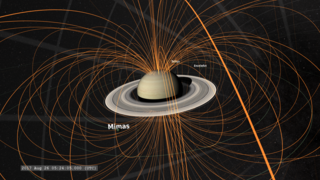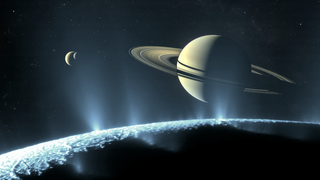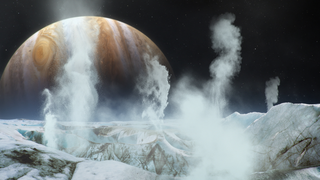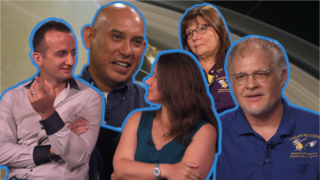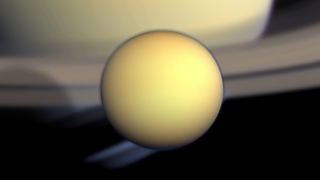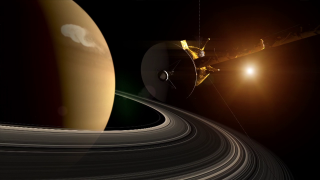Planets and Moons
ID: 12709
The Cassini-Huygens mission arrived at Saturn in 2004, beginning an epic thirteen-year tour of the ringed planet and its many moons. Cassini and its companion probe, Huygens, were an international collaboration between NASA and the European Space Agency (ESA). Cassini carried an impressive array of scientific instruments, including the Composite Infrared Spectrometer (CIRS) built at Goddard Space Flight Center. By studying the Saturn system in heat radiation, CIRS observed hot spots in a giant Saturn storm, discovered a new hydrocarbon in Titan's smoggy atmosphere, found unexpected surface heating on Mimas and Tethys, and even detected evidence of a liquid water ocean under the icy shell of Enceladus. This video explores Cassini CIRS' greatest hits, as told by instrument team members Michael Flasar, Conor Nixon, and Carrie Anderson. Learn more about the CIRS instrument and team.
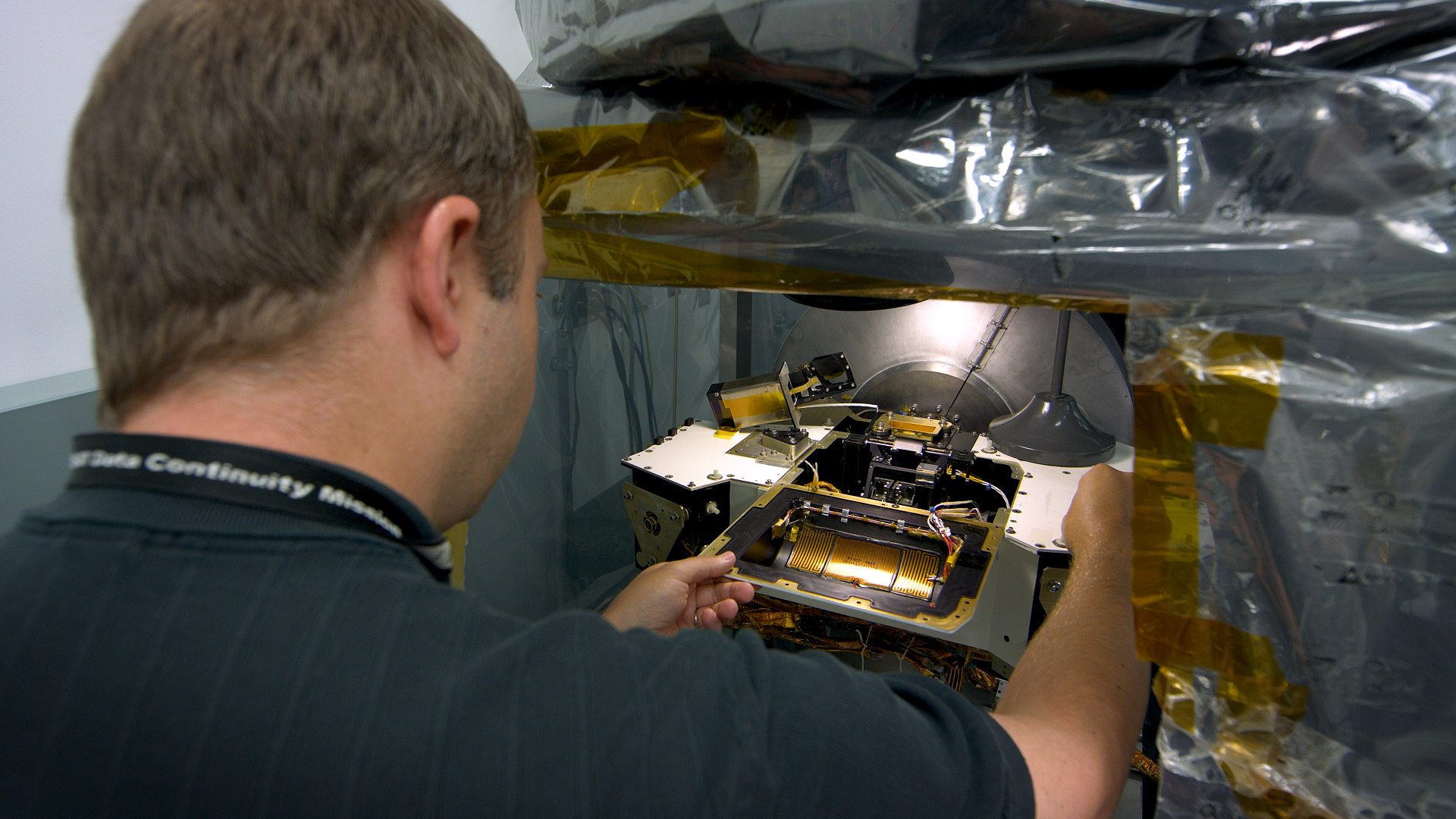

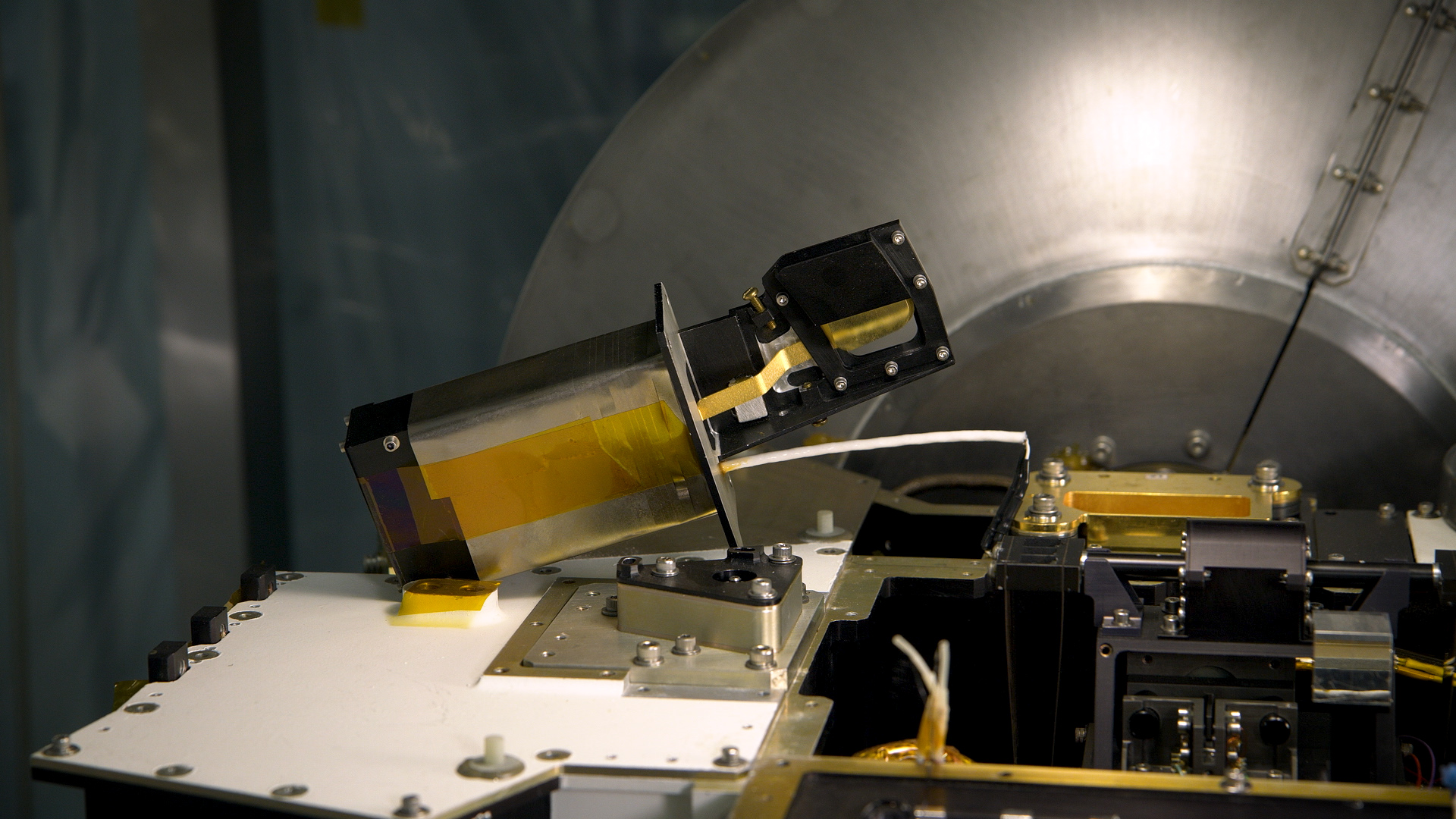
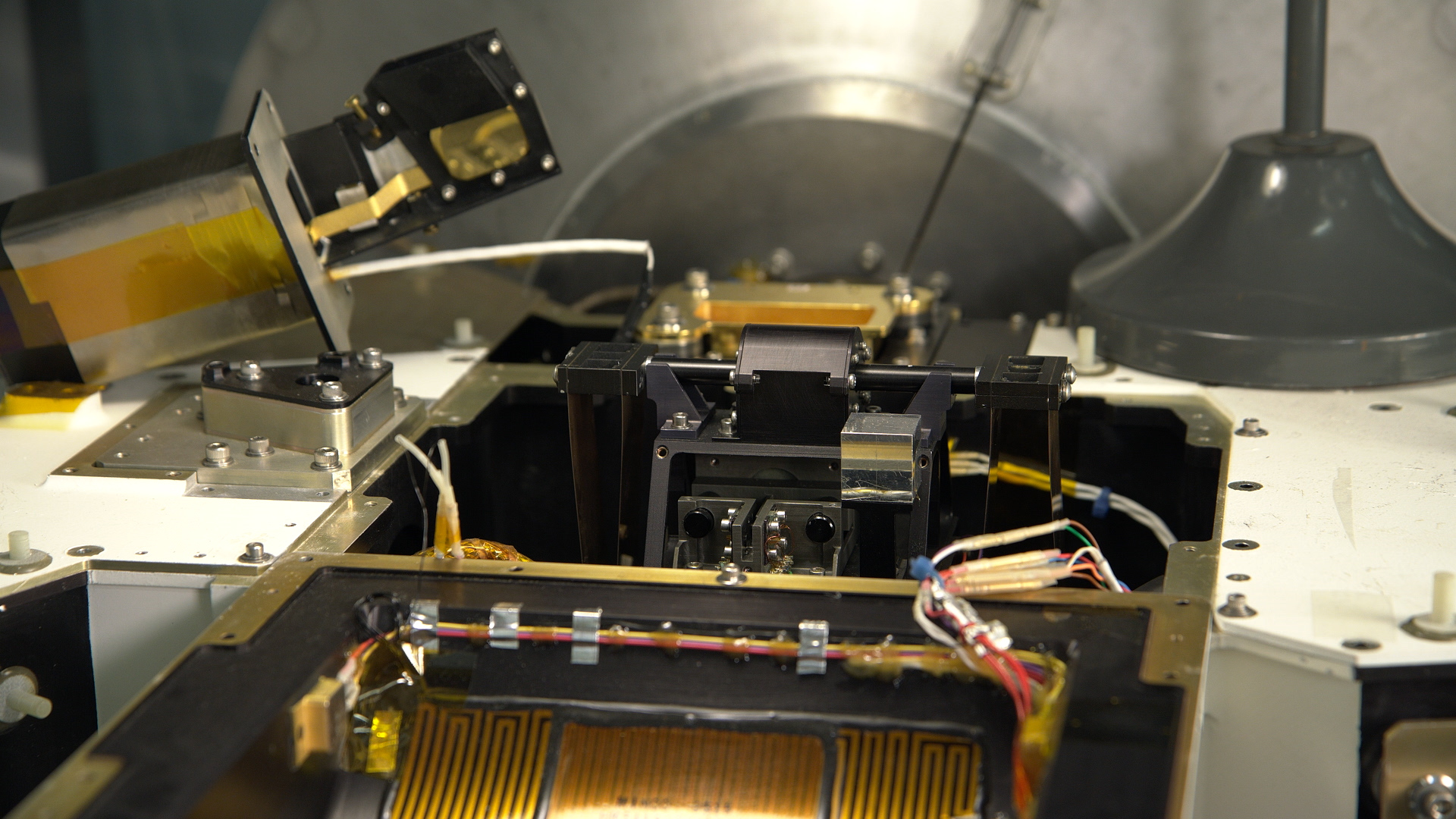

Cassini's Infrared Saturn





Source Material
Related
For More Information
Credits
Michael Flasar (NASA/GSFC): Scientist
Conor Nixon (NASA/GSFC): Scientist
Carrie Anderson (NASA/GSFC): Scientist
Dan Gallagher (USRA): Producer
Dan Gallagher (USRA): Editor
Elizabeth Zubritsky (ADNET): Science Writer
Marcia Segura (University of Maryland): Project Support
Rob Andreoli (Advocates in Manpower Management, Inc.): Videographer
John Caldwell (Advocates in Manpower Management, Inc.): Videographer
Katrina Jackson (USRA): Videographer
Michael Lentz (USRA): Animator
Chris Smith (SLAC): Animator
Chris Meaney (KBR Wyle Services, LLC): Animator
Tom Bridgman (Global Science and Technology, Inc.): Data Visualizer
Aaron E. Lepsch (ADNET Systems, Inc.): Project Support
Conor Nixon (NASA/GSFC): Scientist
Carrie Anderson (NASA/GSFC): Scientist
Dan Gallagher (USRA): Producer
Dan Gallagher (USRA): Editor
Elizabeth Zubritsky (ADNET): Science Writer
Marcia Segura (University of Maryland): Project Support
Rob Andreoli (Advocates in Manpower Management, Inc.): Videographer
John Caldwell (Advocates in Manpower Management, Inc.): Videographer
Katrina Jackson (USRA): Videographer
Michael Lentz (USRA): Animator
Chris Smith (SLAC): Animator
Chris Meaney (KBR Wyle Services, LLC): Animator
Tom Bridgman (Global Science and Technology, Inc.): Data Visualizer
Aaron E. Lepsch (ADNET Systems, Inc.): Project Support
Please give credit for this item to:
NASA's Goddard Space Flight Center
NASA's Goddard Space Flight Center
Short URL to share this page:
https://svs.gsfc.nasa.gov/12709
Mission:
Cassini-Huygens
This item is part of this series:
Narrated Movies
Keywords:
SVS >> HDTV
SVS >> Heat
SVS >> Infrared
SVS >> Instrument
SVS >> Radiation
SVS >> Spectrum
SVS >> Storm
SVS >> Solar System
SVS >> Spectroscopy
SVS >> Scientist
SVS >> Titan
SVS >> Cassini
SVS >> CIRS
SVS >> Solar System >> Planets >> Moons
SVS >> Solar System >> Moons
SVS >> Spectrometer
NASA Science >> Planets and Moons
SVS >> Saturn
SVS >> Science
SVS >> Propylene
SVS >> Spectrograph
SVS >> Enceladus
SVS >> Mimas
SVS >> Tethys
SVS >> Hydrocarbon
https://svs.gsfc.nasa.gov/12709
Mission:
Cassini-Huygens
This item is part of this series:
Narrated Movies
Keywords:
SVS >> HDTV
SVS >> Heat
SVS >> Infrared
SVS >> Instrument
SVS >> Radiation
SVS >> Spectrum
SVS >> Storm
SVS >> Solar System
SVS >> Spectroscopy
SVS >> Scientist
SVS >> Titan
SVS >> Cassini
SVS >> CIRS
SVS >> Solar System >> Planets >> Moons
SVS >> Solar System >> Moons
SVS >> Spectrometer
NASA Science >> Planets and Moons
SVS >> Saturn
SVS >> Science
SVS >> Propylene
SVS >> Spectrograph
SVS >> Enceladus
SVS >> Mimas
SVS >> Tethys
SVS >> Hydrocarbon
